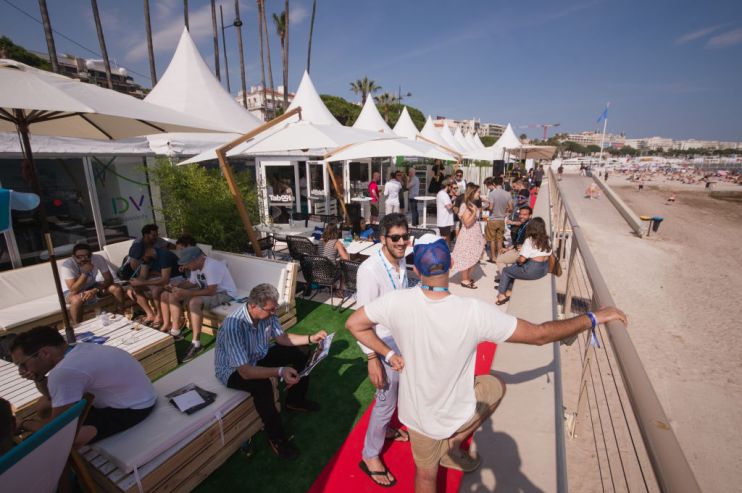Cannes Lions: How culture is catching up with adland’s notorious knees-up

As the plane touches down on the hot tarmac at Nice airport, the butterflies start to set in. My neighbour, a senior media executive, has given me a disconcerting pep talk. “Trust me, it’s worse than Glastonbury,” he says with a smile. As we disembark, it’s clear everyone is headed for the same glimmering town on the Cote D’Azur for Cannes Lions, the advertising industry’s notorious annual knees-up.
There’s something about Cannes that attracts both wonder and disgust. Its glamorous beach cabanas, imposing yachts and free-flowing rose entice some, but embody the very worst excesses of the mad men lifestyle for others. Last year, one ad firm spent £10,000 just on a taxi to ferry a top boss around Cannes town centre for the week. In one particularly notorious nocturnal incident, a couple were spotted rolling around on the festival’s famous red carpet in full view of the public, their shoes placed neatly to one side.
As you walk along Le Croisette, it’s hard not to be taken in by the sheer extravagance of it all. But Cannes Lions, much like its more famous film industry cousin, is feeling the impact of cultural change.
Read more: The business case for the Cannes Lions Festival of Creativity
Culture shock
The culture of the ad industry has been in the spotlight in recent years and, for many, the annual Cannes conference is the embodiment of a spate of problems such as sexism, lack of diversity and burnout.
Last year holding group Publicis rocked the boat by scrapping plans to send its usual contingent to the south of France, though the decision may have been driven by money concerns, not moral ones.
The controversy was compounded last year following Sir Martin Sorrell’s acrimonious departure from WPP. The ad veteran has denied all allegations of misconduct, but the scandal only served to intensify concerns over the industry’s less savoury habits.
Most people I speak to seem convinced the conference has been toned down in recent years. Fewer people stay for the whole week; everyone fills their diary to the brim with meetings. The contrasting corporate cultures of tech giants, which have now emerged as the kings of Cannes, may also have diluted the boozy traditions of adland. It’s a trimmed down affair, but an extravagant one nonetheless.
And it’s easy to forget that behind the glitz and the glamour is a display of some of the finest work in the media industry. “It’s creativity porn,” says one design boss.
Read more: DEBATE: Is Cannes Lions still relevant to the advertising industry
The rise of Asia
Cannes has always provided an insight into where the power lies. Agencies that once boasted the largest yachts in the harbour now have a more understated presence. Google, Facebook and Twitter dominate the beach cabanas. This year, Accenture Interactive took the prime billboard above the conference hall.
But another change is also in the air. India and China, traditionally on the fringes of the festival, boosted their award entry numbers by eight and five per cent respectively this year.
While China’s trade relations may have been thrown into turmoil by tensions with the US, its creative sector seems unperturbed. Cannes Lions chief executive Philip Thomas told CNBC Chinese companies were increasingly partnering with western companies and boost their creativity.
For India, the increased engagement is partly the result of a cultural shift. Piyush Pandey, Ogilvy’s worldwide chief creative officer and executive chairman for India, tells me creative industries such as marketing are now better-respected and are gaining clout as employment options for young people.
These are subtle shifts, not seismic ones, but there’s no doubt the festival is changing. From a slimming down of the boozy blowouts to the emergence of new creative talent in Asia, Cannes Lions is evolving with the times.
But as long as adland continues to descend on the sun-drenched beaches of the French riviera, it seems unlikely the party atmosphere will ever fade.